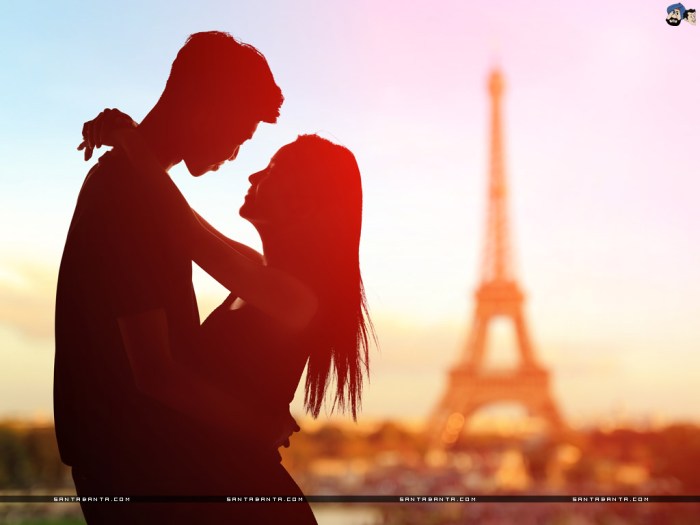Which story element most closely belongs to romantic literature? This question has been debated by literary scholars for centuries, with no clear consensus emerging. In this essay, we will explore the various elements of romantic literature and attempt to determine which one is most essential to the genre.
Romantic literature is a genre of fiction that emphasizes emotion, imagination, and individuality. It is often characterized by its use of vivid imagery, symbolism, and allegory. Romantic writers often explore themes of love, loss, and the supernatural.
Romantic Elements
Romantic literature is characterized by a distinct set of elements that contribute to its unique appeal and enduring popularity. These elements include:
- Idealized love:Romantic literature often depicts love as an all-consuming, passionate, and transformative force.
- Emotional intensity:Romantic narratives explore a wide range of emotions, from joy and ecstasy to despair and anguish.
- Nature:Romantic literature frequently uses nature as a backdrop or symbol, reflecting the characters’ inner emotions and experiences.
- The supernatural:Romantic literature often incorporates elements of the supernatural, such as ghosts, fairies, or magical powers.
- Exotic settings:Romantic literature often takes place in exotic or remote locations, such as far-off lands or isolated islands.
These elements work together to create a distinct and immersive reading experience that appeals to the emotions and imagination of readers.
Plot Structure

Romantic literature typically follows a predictable plot structure that revolves around a central conflict between two lovers. This conflict may be external, such as societal disapproval or family opposition, or internal, such as the characters’ own doubts or insecurities.
The plot often progresses through a series of obstacles and challenges that the lovers must overcome in order to be together. These obstacles may include misunderstandings, betrayals, or even death.
In the end, the conflict is typically resolved and the lovers are reunited. This resolution may be happy or tragic, but it always leaves the reader with a sense of catharsis.
Characterization

Romantic literature often features archetypal characters who embody the values and themes of the genre.
- The hero:The hero is typically a strong, brave, and handsome young man who is deeply in love with the heroine.
- The heroine:The heroine is typically a beautiful, virtuous, and intelligent young woman who is the object of the hero’s affection.
- The villain:The villain is typically a powerful and evil figure who seeks to prevent the hero and heroine from being together.
- The mentor:The mentor is a wise and experienced figure who provides guidance and support to the hero and heroine.
These characters often undergo significant development and transformation throughout the course of the narrative.
Setting and Atmosphere

Romantic literature often takes place in idyllic settings that are characterized by their beauty and tranquility.
- Nature:Romantic literature often takes place in natural settings, such as forests, gardens, and mountains.
- Exotic locations:Romantic literature also often takes place in exotic locations, such as far-off lands or isolated islands.
The atmosphere in romantic literature is often one of mystery, suspense, and longing.
Language and Style
Romantic literature is often written in a lyrical and evocative style that appeals to the emotions and imagination of readers.
- Figurative language:Romantic literature frequently uses figurative language, such as metaphors, similes, and personification.
- Imagery:Romantic literature also often uses vivid imagery to create a sense of place and atmosphere.
- Symbolism:Romantic literature often uses symbols to represent abstract concepts and emotions.
These literary devices work together to create a rich and immersive reading experience that appeals to the senses and the intellect.
Historical Context
Romantic literature emerged in the late 18th century as a reaction to the Enlightenment’s emphasis on reason and logic.
- Social and political factors:Romantic literature was influenced by the social and political upheavals of the time, such as the French Revolution.
- Cultural factors:Romantic literature was also influenced by the rise of new cultural movements, such as the Gothic Revival.
Romantic literature reflected the changing values and beliefs of the time, and it continues to resonate with readers today.
Expert Answers: Which Story Element Most Closely Belongs To Romantic Literature
What are the key characteristics of romantic literature?
The key characteristics of romantic literature include its emphasis on emotion, imagination, and individuality. Romantic writers often use vivid imagery, symbolism, and allegory to explore themes of love, loss, and the supernatural.
What are the most common story elements found in romantic literature?
The most common story elements found in romantic literature include a focus on love and relationships, a strong sense of emotion, and a setting that is often exotic or idealized.
What are some examples of famous romantic novels?
Some examples of famous romantic novels include Jane Austen’s Pride and Prejudice, Emily Bronte’s Wuthering Heights, and Mary Shelley’s Frankenstein.